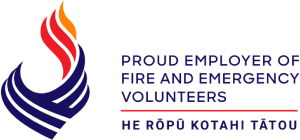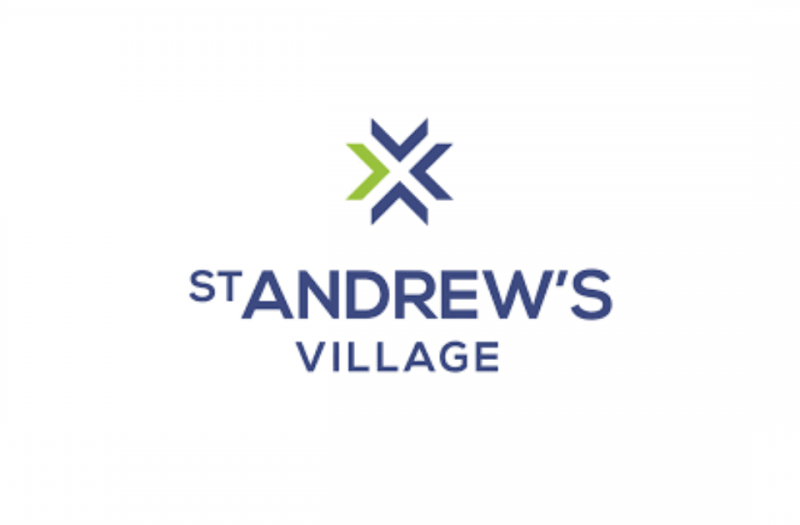Autism
By Jeremiah Buenafe
Our lives are a seesaw of situations of certainty and uncertainty. When we drive to work, it’s sensible to follow the same route. People tend to keep their knives, forks, and spoons in the same place. They get up in the morning and follow the same routine – everybody has aspects in their lives that are “same-same.”
People also like to do activities that are new and different, that are uncertain and unpredictable.
Everybody’s see-saw is different.
The strengths of people with autism often lie on the “same-same” side of the seesaw. People with Autism often feel more comfortable in situations that also reflect that side of the
seesaw.
A positive approach to working with people with Autism is to recognise the situations that are weighted on the uncertain side and to tilt the seesaw by giving as much information that may make the person comfortable.
Autism is a lifelong neurodevelopmental condition that affects how people perceive the world, how they think and behave, and how they communicate and interact with others.
Put simply, autistic people see, hear, and feel the world differently to other people.
Autism is not an illness or disease and cannot be ‘cured.’
Many autistic adults consider that being autistic is fundamental to their identity and are upset by research efforts to eliminate autism and treatments which aim to make autistic people behave like non autistic people.
Autism is a spectrum condition. This means that some people are affected more than others. For example, some autistic people do not use spoken language, while others have excellent spoken language skills but may find it difficult to understand what other people mean.
The diagnosis of Autism Spectrum is persistent deficits in social communication and social interaction across multiple contexts ranging from abnormal social approach and failure of normal back-and-forth conversation to reduced sharing of interests, emotions, or affect, to failure to initiate or respond to social interactions.
Deficits in non-verbal communicative behaviours used for social interaction range from poorly integrated verbal and non-verbal communication; abnormalities in eye contact and body language or deficits understanding the use of gestures; to a total lack of facial expressions and non-verbal communications.
Deficits on developing, maintaining, and understanding relationships range from difficulties in adjusting behaviours to suit various social contexts; to difficulties in sharing imaginative play or in making friends; to absence of interest in peers.
Severity is based on social communication impairments and restricted repetitive patterns of behaviour.
If you want to change the way someone communicates with you, you must first change the way you communicate with them. Communication is more than language. wants and needs.
Adapt your own communication.
Back to Blog







